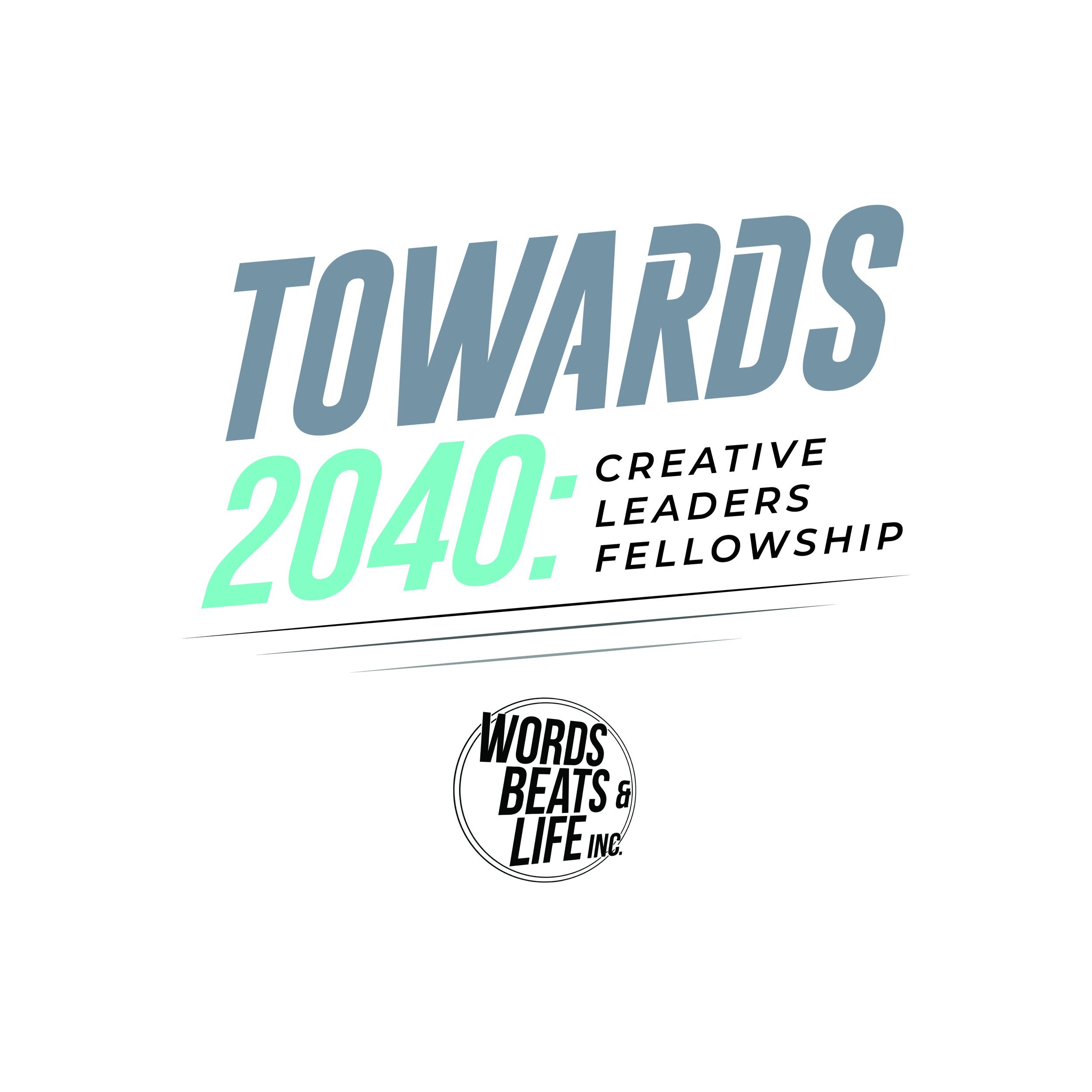Design x Education
Learning Design
A framework for modern learning founded on collaboration and dialogue between the educator, learner, the learning medium, and the broader world
Learning design is crucial for creating engaging and meaningful learning experiences that support learning and promote holistic success. As a learner-focused approach, it can be utilized in any educational environment and modality - in person or online, formal or informal. So, why is this approach important for 21st-century learning? Click on the + next to each topic to learn more.
-
Effective learning design helps learners engage with content in meaningful ways that facilitate their learning. This involves creating clear learning objectives, organizing content in a logical sequence, and utilizing teaching strategies that are appropriate for the content and learner audience.
-
Learning design can also help personalize learning experiences to better meet the needs of individual learners. This includes adapting content and delivery methods to learners’ abilities, interests, and learning styles.
-
Learning design encourages active learning by engaging learners in activities and exercises that require them to think critically, apply concepts, and reflect on their learning.
-
Effective learning design can also foster creativity and innovation by encouraging learners to think outside the box, develop new solutions to problems, and apply knowledge in new and unique ways.
-
By adopting principles of Universal Design for Learning (UDL), learning design can promote inclusion and equity by ensuring that learning experiences are accessible and accommodating to all learners, including those with disabilities or different cultural backgrounds. When combined with a focus on JEDI (Justice, Equity, Diversity, and Inclusion) or DEIA (Diversity, Equity, Inclusion, and Accessibility) principles, learner-centered design can promote more inclusive and equitable educational experiences.



